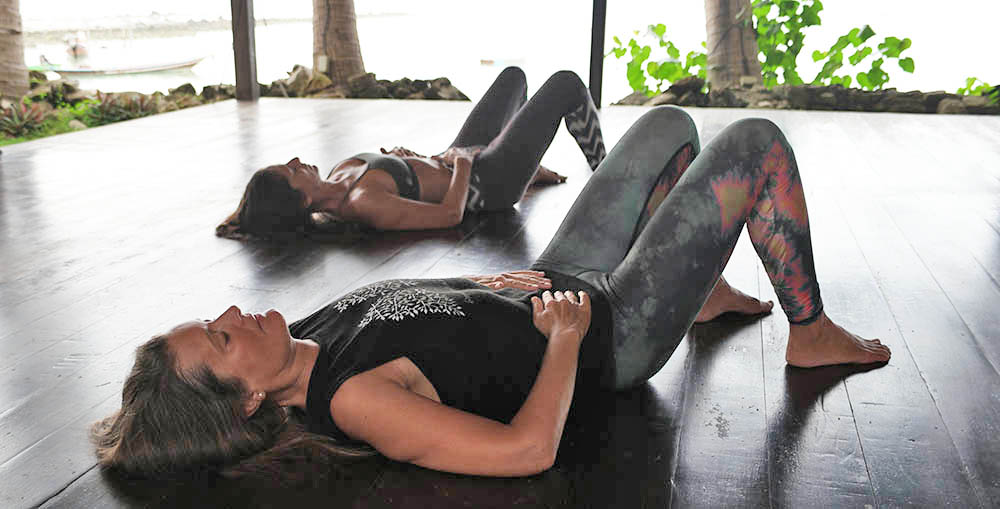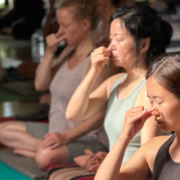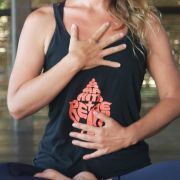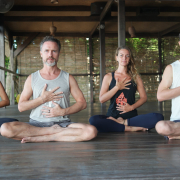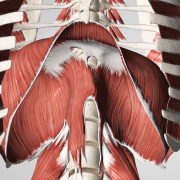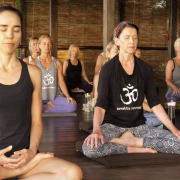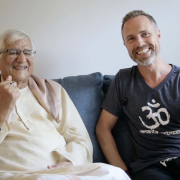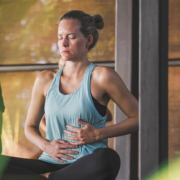 https://samahitaretreat.com/wp-content/uploads/2024/02/basic-breathwork.webp
600
798
Dr. Paul Dallaghan
http://samahitaretreat.com/wp-content/uploads/2024/01/samahita-logo-v2.svg
Dr. Paul Dallaghan2024-02-28 20:34:422024-02-28 20:35:53Navigate the World of Breathing
https://samahitaretreat.com/wp-content/uploads/2024/02/basic-breathwork.webp
600
798
Dr. Paul Dallaghan
http://samahitaretreat.com/wp-content/uploads/2024/01/samahita-logo-v2.svg
Dr. Paul Dallaghan2024-02-28 20:34:422024-02-28 20:35:53Navigate the World of BreathingBreathing Exercises – Breath and Touch
Did you know that your hands can assist you to tune in easily to the natural movement of your breath, bringing more awareness to this ‘simple’, automatic bodily function?
We know that by consciously working with the breath you can improve your health and reduce anxiety and stress ( Breathwork in times of Stress), but even before starting a breath practice there are some natural, simple ways to be with your breath, to create more awareness to your patterns, and start to override them in a beneficial way.
It all starts with the hands.
The layers of the dermis and epidermis of the skin contain mechanoreceptors which aid our sense of touch. The most sensitive of these mechanoreceptors, Meissner’s corpuscles, detect light touch and are particularly abundant in areas of the body with heightened sensitivity. The palms and fingertips are prime examples of one of these places where touch is particularly sensitive. Your fingertips each have more than 3,000 touch receptors, many of these receptors respond primarily to pressure. The neurophysiologist, Steven Hsiao, states the entire trunk of the body, by contrast, has about as many touch receptors as a single hand (1).
This added sensitivity in the palms and especially the fingertips ensures that they are the perfect tools to tune in, sense and refine the movement of the breath in the body.
“The entire trunk of the body has as many touch receptors as a single hand”
How to Tune in to the Breath:
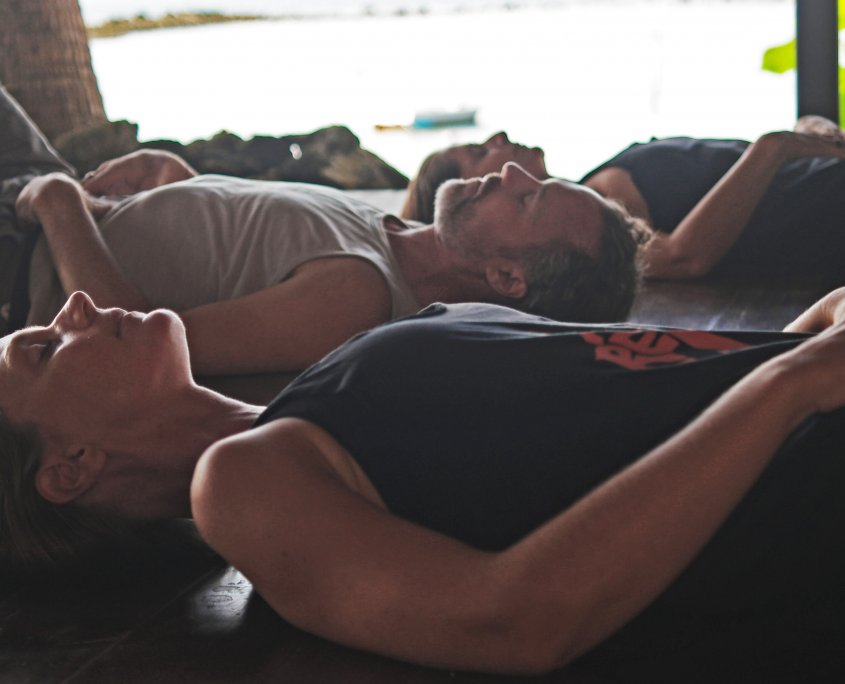
Find a comfortable seated or supine position and start to notice the natural flow of your breath.
1: Palms around Ribcage, Fingertips on Upper Abdomen:
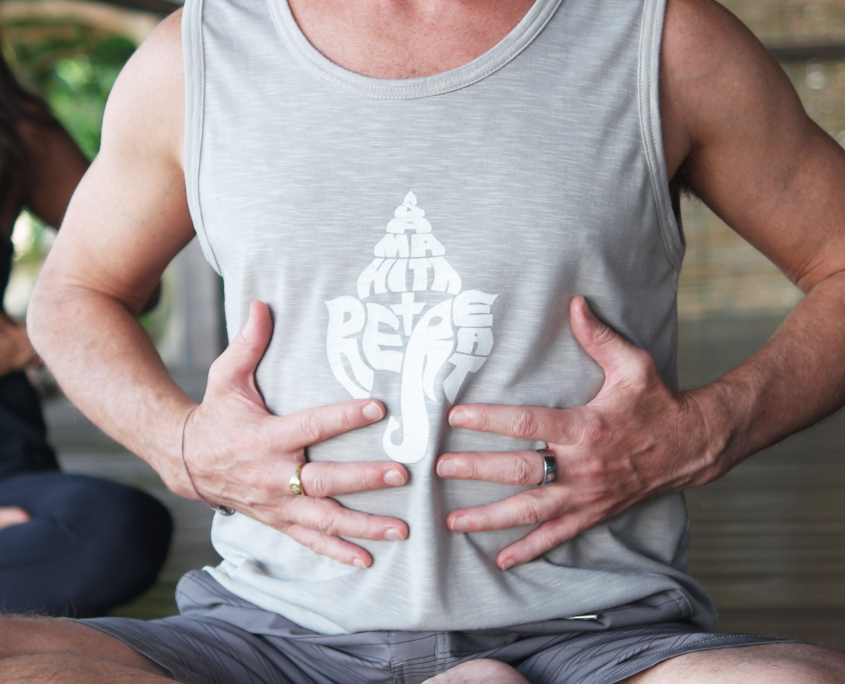
Start by placing your hands so that your palms rest around the side ribs, your fingers lightly touching the upper abdomen with your little finger at navel level, and your thumbs reaching up to the chest.
As you inhale sense the expansion of the side ribs into your palms, the upper abdomen into your fingertips, and the chest into your thumbs. With the exhale sense the release as the diaphragm, chest muscles, and upper abdomen relax returning to neutral.
Aim for at least 10 breaths to connect to this movement in the upper abdomen and chest. This hand connection helps train the three aspects of the inhalation and helps you become aware of the first aspect of the exhalation which is primarily relax and release.
2: Fingertips below Navel, Thumbs above Navel:
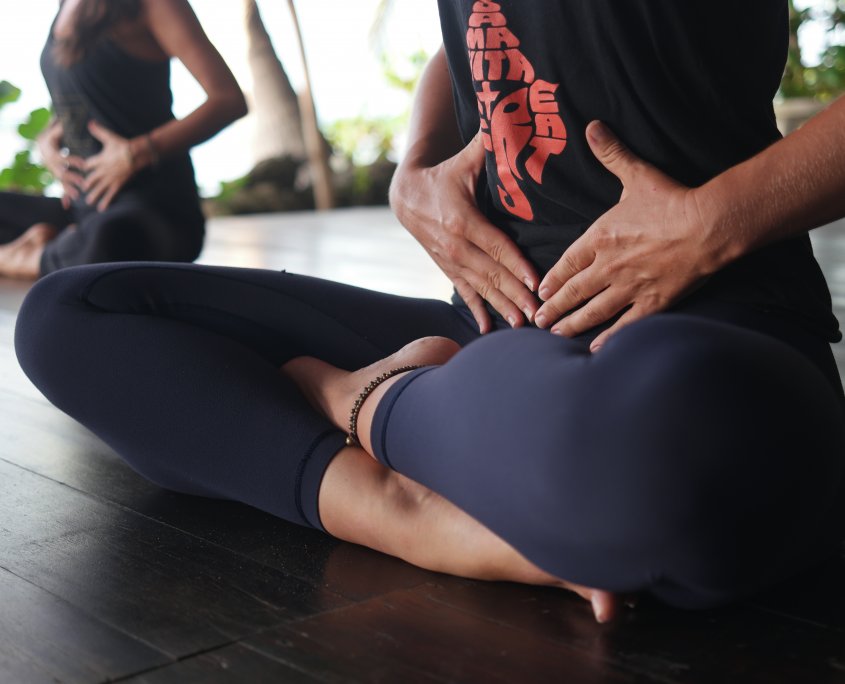
Move your hands, placing your thumbs above the navel and connecting your fingertips to the lower abdomen just above the pubic line.
Tune into the movement of the breath: the expansive rise above the navel as you inhale sensed by your thumbs while your fingertips take note of solid lower abdomen support and as the exhale begins your thumbs sense the upper abdomen relax and release followed by your fingertips guiding the lower abdomen, below the navel, as it draws back towards the spine.
Take at least 10 breaths allowing yourself to connect to the flow of the breath through your fingertips and thumbs.
3: Hand on Heart, Hand at the Navel:
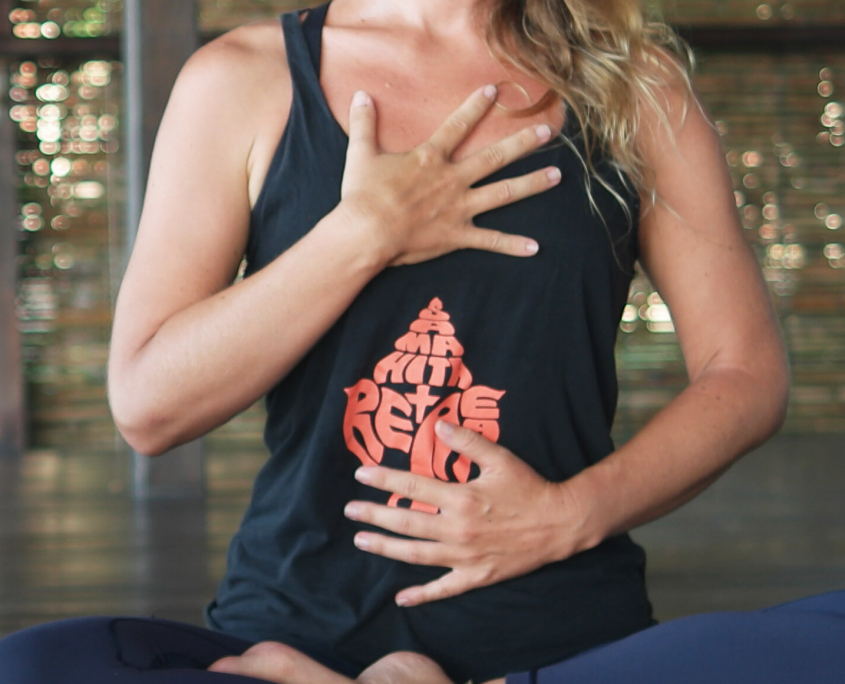
Now, feel the full expansion of each breath by placing your left hand at the heart center and your right hand resting on the abdomen at the navel.
As you inhale the heart region expands, finding a sense of spaciousness. As you exhale the navel draws back to the spine, connecting to the breath.
As you connect to this movement of the breath feel the inner work of the pelvic floor and diaphragm. Relax your soft palette and jaw and feel a sensation of “ah” in the mouth.
4: Lastly, Pause in the Stillness:
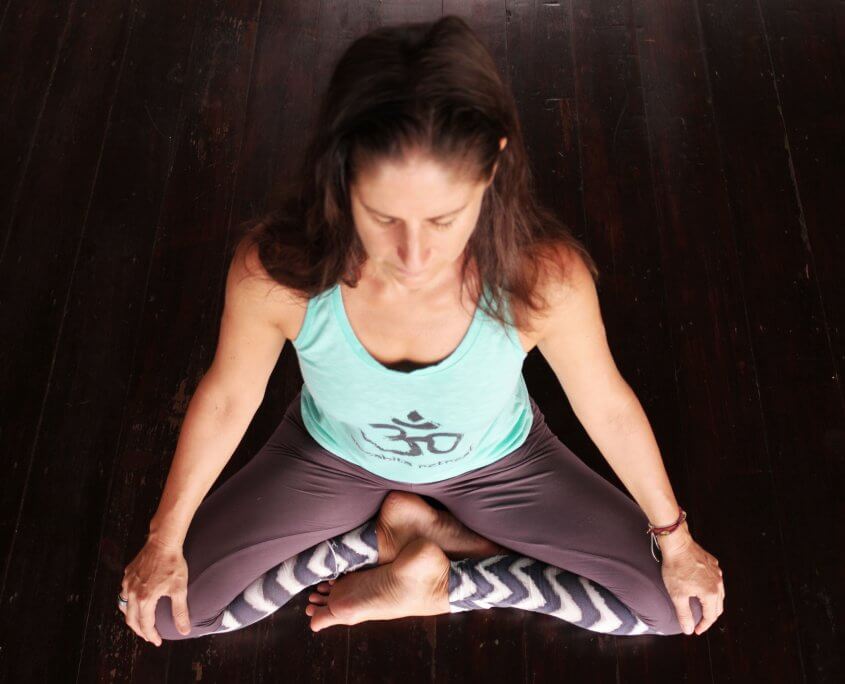
Once you have connected to the flow of the breath rest your hands comfortably on your knees or in your lap. Rooted through the sit-bones, lengthened through the torso, shoulders relaxed, gently keeping the inner work of the pelvic floor and diaphragm.
Continue to sit, fully connected in this space.
Finally, lay down and relax.
References:
1: Johns Hopkins Magazine – April 1995 Issue
More from the Samahita Blog
